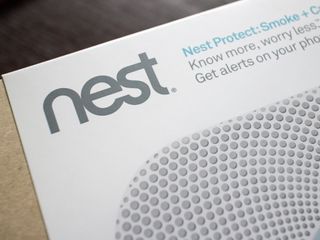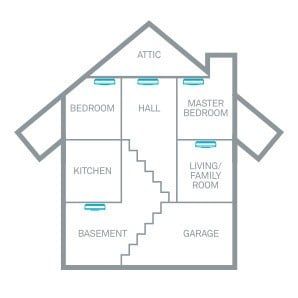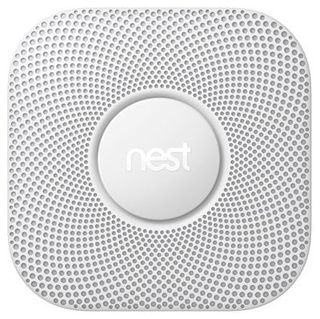How to measure your home for the required number of smoke detectors

Smoke detectors come in all shapes and sizes but still have one important job — letting you know that there may be a fire or similar emergency situation. To do that job efficiently and correctly you need to cover the right areas inside your house so that smoke (or other indicators of a fire) can be detected quickly and accurately. However, the requirements published by the National Fire Protection Association (NFPA) can sometimes be hard to understand. Here's what you need to know to make sure you're getting proper protection.
Products Used In This Guide
- Amazon: Nest Protect ($124)
National regulations
The NPFA regulations for residential dwellings — single family homes that don't house a business or provide care services — say you'll need an alarm in the following places:
- All sleeping rooms and guest rooms.
- Outside of each separate sleeping area, within 21 feet measured along the path of normal travel.
- Every level of a dwelling where separated by a door, one shall be on each side of the door.
- For dwellings greater than 1,000 square feet per level, one alarm for every 500 square feet of floor space mounted on the ceiling and within 30 linear feet of another detector.
- Dwellings with vaulted ceilings allow detectors placed to protect an upper floor will also be designated as protecting the lower floor in areas with those types of high ceilings.
- New homes built since 2007 require interconnected alarms/detectors.
- Detectors shouldn't be placed inside a garage, attic, furnace room, or kitchen because they can cause false alarms.
Even when pulled away from the more technical wording intended for contractors, these rules can be a bit confusing. And any local regulations (check with your closest fire department station) supersede these regulations. Here's an easy way to break it down.
- You need one alarm for every room designated as a bedroom or guest room.
- You need an alarm on the outside of sleeping areas within 21 feet of its door. That means one detector can cover multiple rooms.
- If you have a door to the basement stairs or an upper floor, you need one detector on each side of it.
- If your house is bigger than 1,000 square feet — excluding an attached garage — you need a detector for every 500 square feet and it has to be no further than 30 feet away from another detector.
The first three bullet points are easy to understand — you know which rooms are intended for sleeping and if you have a door leading to the basement stairs. The last bit can be a little confusing, especially since a mounted detector can fulfill more than one of these requirements. If you have a home that was built during or after 2007, someone already did the work and you know where smoke detectors are required. If you're installing new detectors you'll need to know the size of your home in square feet and if all levels are the same size.

For example, if you have a 3,000 square foot two-story house, you probably have 1,500 feet of floor space per level. That means you need at least three detectors per floor to meet these requirements (1,500 sq. feet divided by 500 sq. feet). Before you go buying anything extra, see where detectors needed for sleeping areas will be placed. If you need to mount two detectors outside of sleeping rooms in order for them to be within 30 feet of each other, you have met the requirements for that level. A good place for any alarms that are needed to fulfill the 500 square foot rule is at the foot and head of any stairs.
It's recommended that you don't put a detector inside an unfinished attic, a garage, your kitchen, or any room with a furnace or water heater. This is because these places tend to have water vapor or pollutants in the air that can cause false alarms. Your local building code may have different requirements here, though, so you should ask your Fire Marshall.
Be an expert in 5 minutes
Get the latest news from Android Central, your trusted companion in the world of Android
Our top equipment pick
If you want to protect your home from both smoke and carbon monoxide, there's only really one choice. Don't be tempted to go cheap when you're buying something like a smoke detector but don't spend money on products that aren't great at what they do. That makes the Nest Protect the logical choice. These smart alarms use advanced detection methods and split-spectrum sensors to continuously monitor levels of pollutants (read: smoke) and carbon monoxide, and the Nest app lets you monitor things while away from home.

If you're replacing or adding smoke detectors, the Nest Protect is your best buy.
A smoke detector needs to warn you when appropriate, and not give false alarms. The Nest Protect excels at both and also provides excellent carbon monoxide detection. Because they're from Nest, they are easily integrated into any home automation plan and work with Amazon Alexa and Google Assistant.

Jerry is an amateur woodworker and struggling shade tree mechanic. There's nothing he can't take apart, but many things he can't reassemble. You'll find him writing and speaking his loud opinion on Android Central and occasionally on Twitter.
